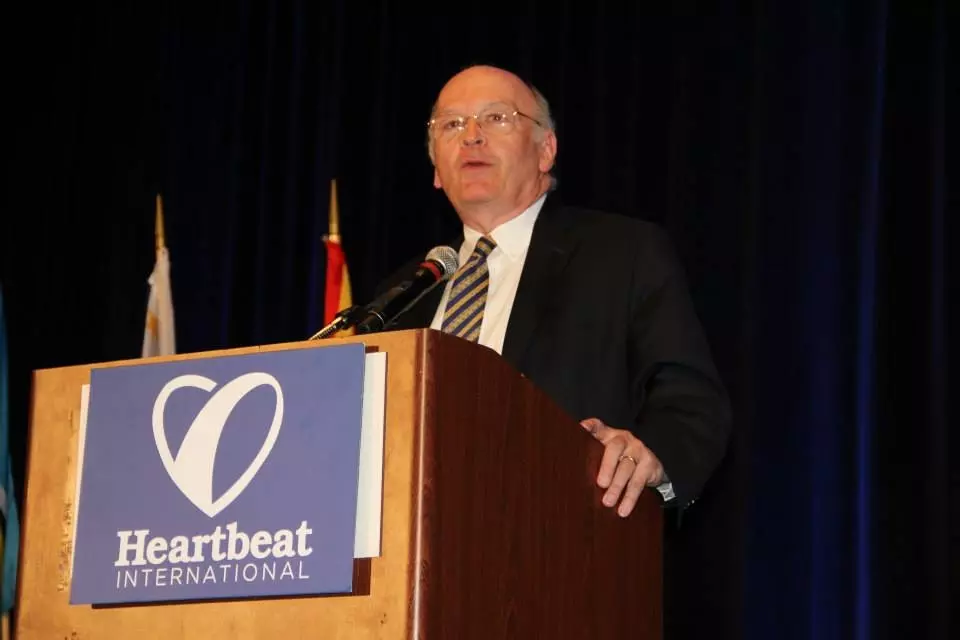Listening to The Charlotte Lozier Institute’s Chuck Donovan last week at Heartbeat International’s conference, one sentence leapt out at me: “Hope and love are back in style.”
Chuck is not only an expert in polling and research, he’s also perceptive.
The Lozier Institute—research arm of The Susan B. Anthony List—recently completed extensive research into the work of pregnancy help organizations (PHOs) and found something we want to keep in mind. Potential patients, clients and residents are once again looking for someone who will listen, someone who will care, and someone who will provide them with hope.
What I’m seeing here is that those we want to see consider professionalism—something PHOs have been diligently pursuing in many ways over the last two decades—as important. But more and more, they see hope and love as vital as they experience an unplanned pregnancy.
It is simple for us to say we focus on these two traits. But are we as intentional in providing these two gifts as we could be?
We look at ways we can improve in so many areas. Just this week I was in a center meeting with a visionary board of directors and we were thinking through a lot of options in rebranding the ministry. But to be honest, I never brought up the fact that as the organization goes through change; hope and love must be vital components.
Tweet This: @cantdon of @LozierInstitute is not only an expert poller. He's also perceptive.
This wasn’t necessarily “wrong” of me. We had a major topic on our hands, limited time, and there was no time to stray—at least in my mind.
The truth is, this organization does provide hope. It does provide love. I have no doubts.
But my overlooking the opportunity for a brief conversation on how we can advance these two characteristics gave me a thought. What if hope and love--and faith--were key components of our planning processes?
I’ve been in strategic planning sessions where we talked of medical clinics, marketing, branding, training and more. All good. All important. All needed. All more than worthy of discussion and action. We overlook any of these at our peril.
But can we add conversations on how we can intentionally create a culture of faith, hope and love?
Can we ask ourselves the question, “What might we do, specifically, to let those we see know for certain we love them?”
This isn’t about giving patients and clients a book on love. It’s not about a scripted plan. Instead, perhaps we need to brainstorm creative ideas, bring in representatives from the age groups we are most likely to see and simply . . . listen.
My writing here today is hardly an indictment on our work. Not at all. From this perspective, and from The Lozier Institute’s research, PHOs have a high likability rating. Much higher than those who offer abortion, in fact.
[Click here to subscribe to Pregnancy Help News!]
Yet we can still ask, “What can we do better? How can we avoid complacency in any area?”
Tweet This: Are we as intentional in providing hope and love as we could be? @KirkWalden
Today, hope and love are “back in style.” A potential client’s interest in professionalism peaked in the 90s and while this has not disappeared, a sense of connection, feeling safe and the presence of true hope now tops the priority list for those we see.
In a day when texting, Instagram-ming, Pinterest-ing, Facebook-ing, Twitter-ing and all types of social networking tend to disconnect all of us, those who need us most want a place where someone will make the effort to love them. A place where they can find hope.That’s us. Every effort we make to build on this strength makes us better, and brings us closer to becoming the first choice for those looking for answers in an unplanned pregnancy.
What does love look like for those who come in our door? What about hope?
Let’s ask ourselves, and ask others. The answers we uncover will make all the difference in creating a new culture of life.







